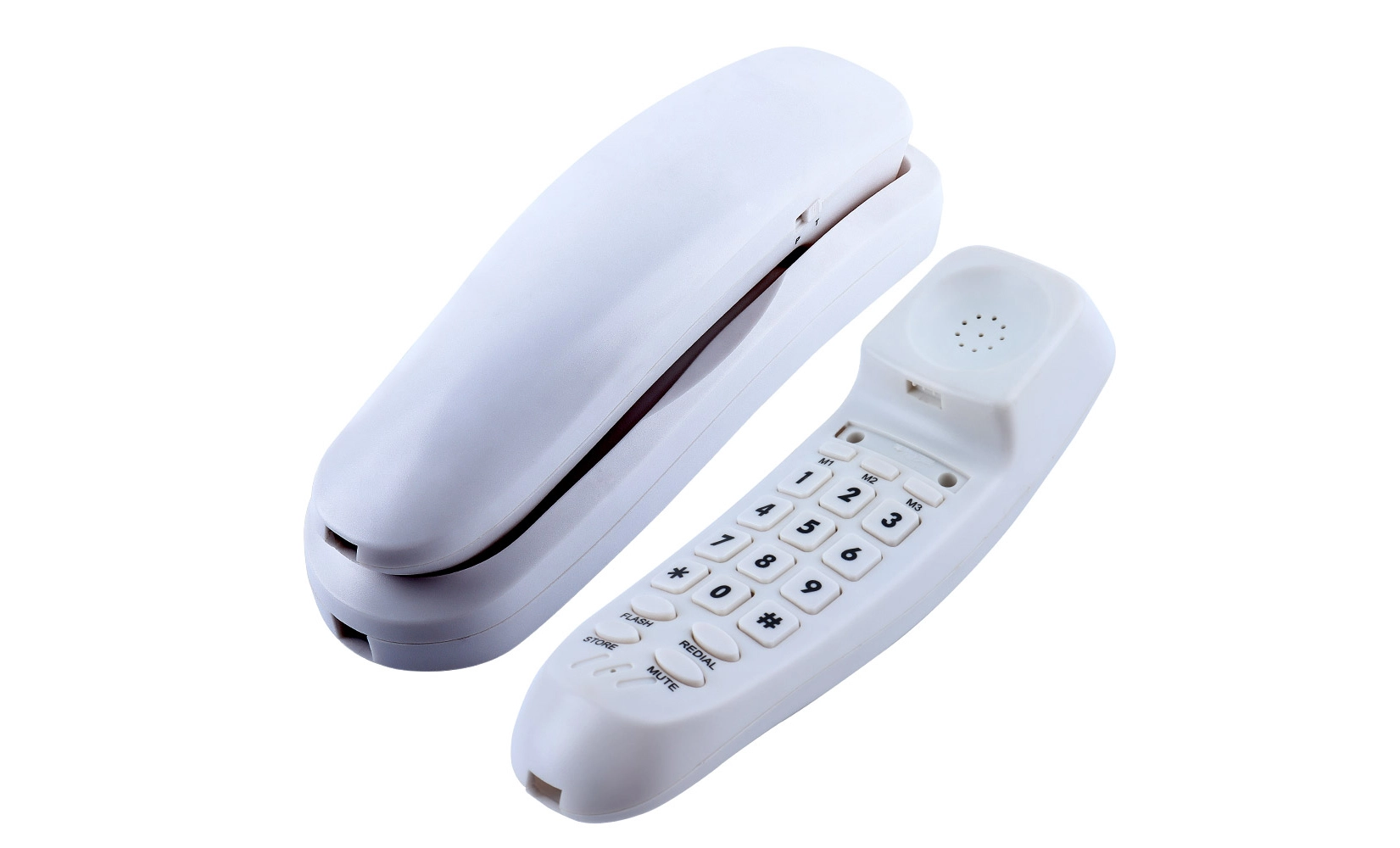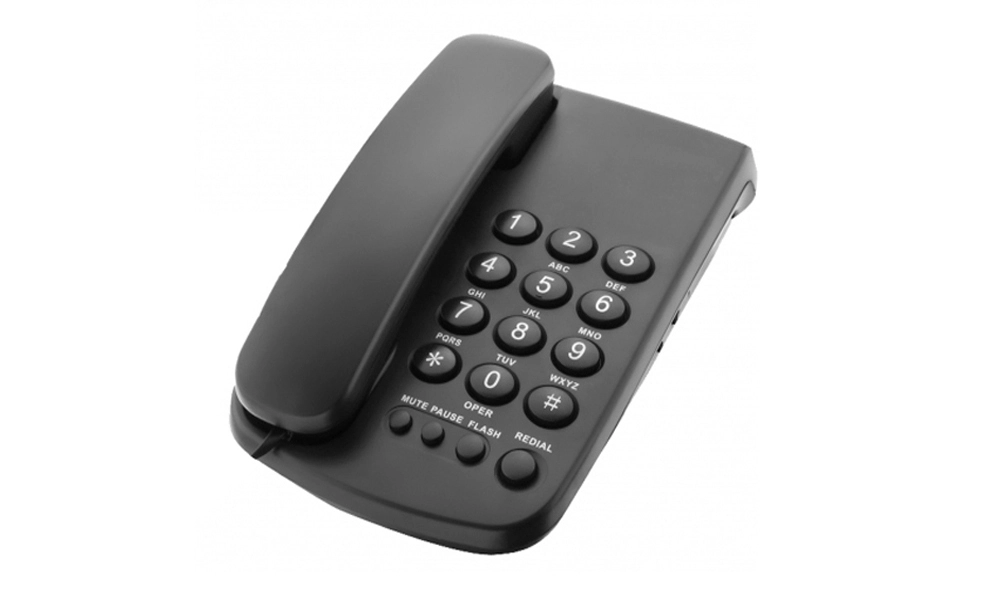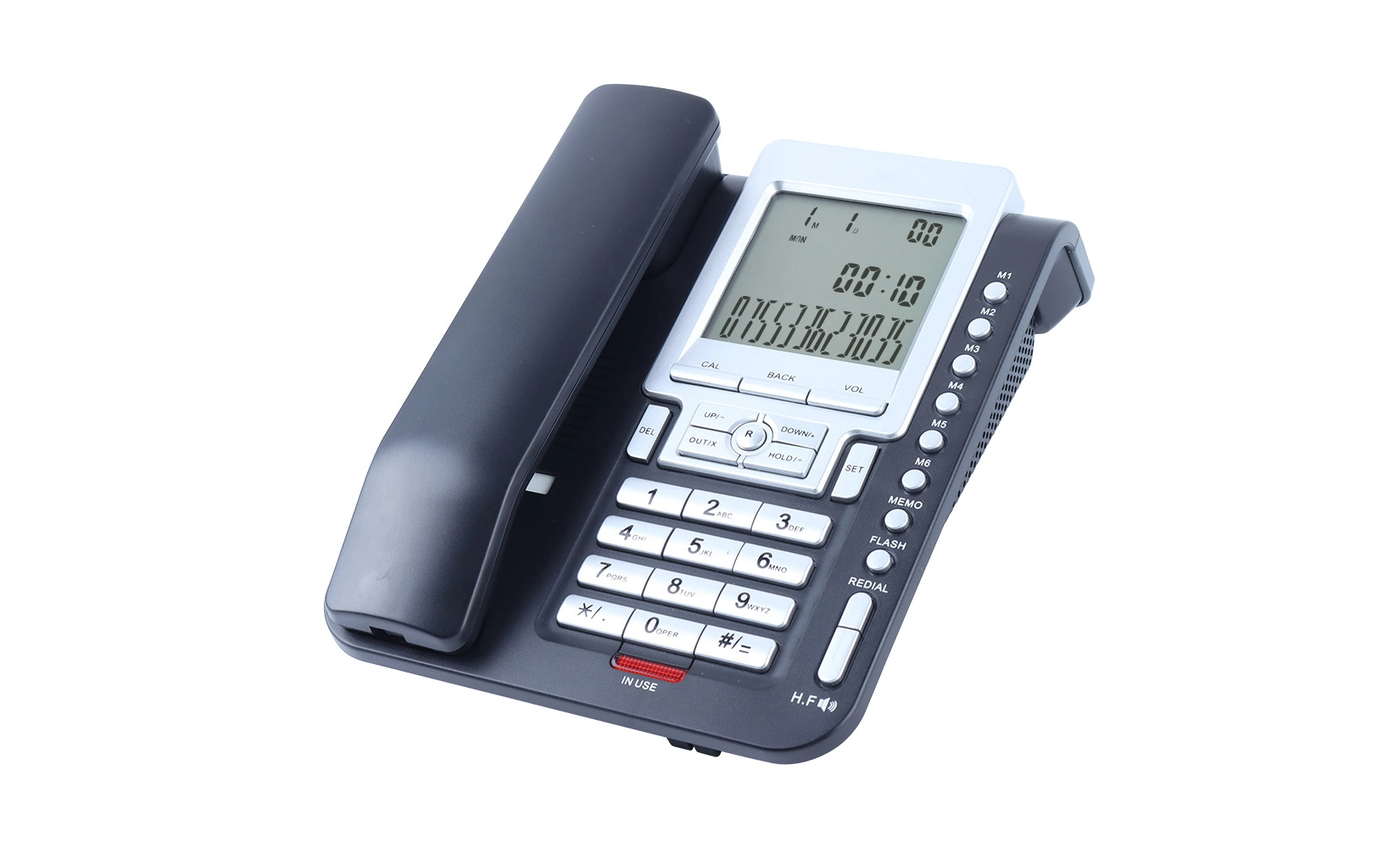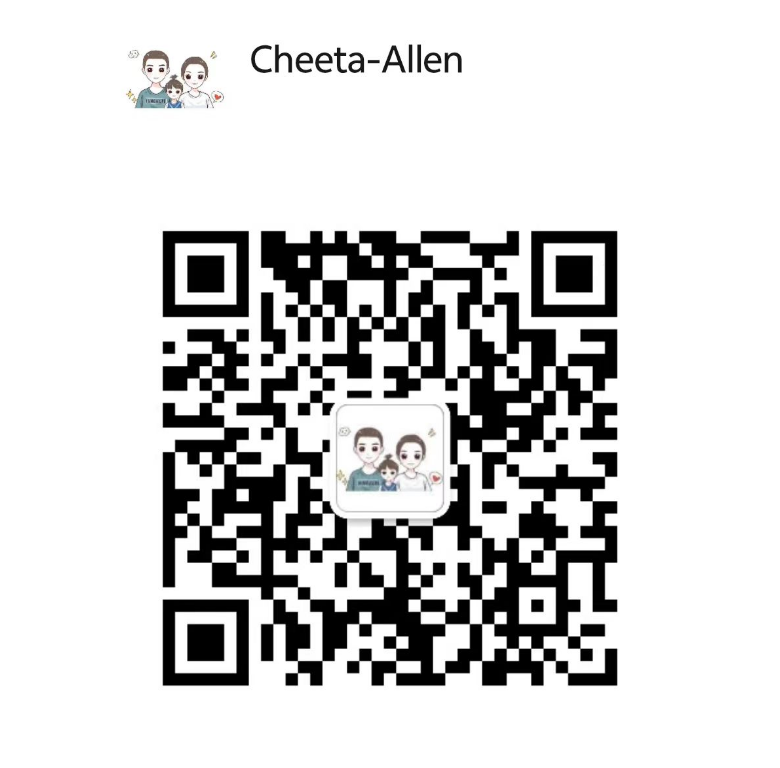The Evolution of Caller ID Technology
The journey of Caller ID technology spans several decades, marking significant milestones in telephone communication. Initially introduced in the 1960s for business use, Caller ID became widely available to residential customers in the 1990s. Early systems only displayed phone numbers, but advancements soon allowed for name display as well.
From Analog to Digital: A Technological Leap
The transition from analog to digital telephony systems played a decisive role in the development and evolution of Caller ID. Analog systems traditionally relied on frequency shift keying (FSK) to transmit Caller ID information, which, although functional, faced limitations in speed, clarity, and accuracy. With digital telephony, more advanced signaling methods became possible, allowing faster and more reliable data transmission. This upgrade not only improved Caller ID reliability but also introduced greater flexibility, paving the way for advanced features and future innovations in telecommunications.
Integration with Smart Technology
Modern Caller ID telephones have embraced smart technology, offering features beyond simple number display. Many devices now integrate with smartphones, allowing users to sync contacts, block unwanted calls, and even receive visual voicemail. Some advanced Caller ID models integrate voice commands and artificial intelligence, giving users personalized call management. This integration enhances convenience, security, and usability, making Caller ID an essential tool in today’s interconnected digital environment.
How Caller ID Information is Transmitted and Displayed?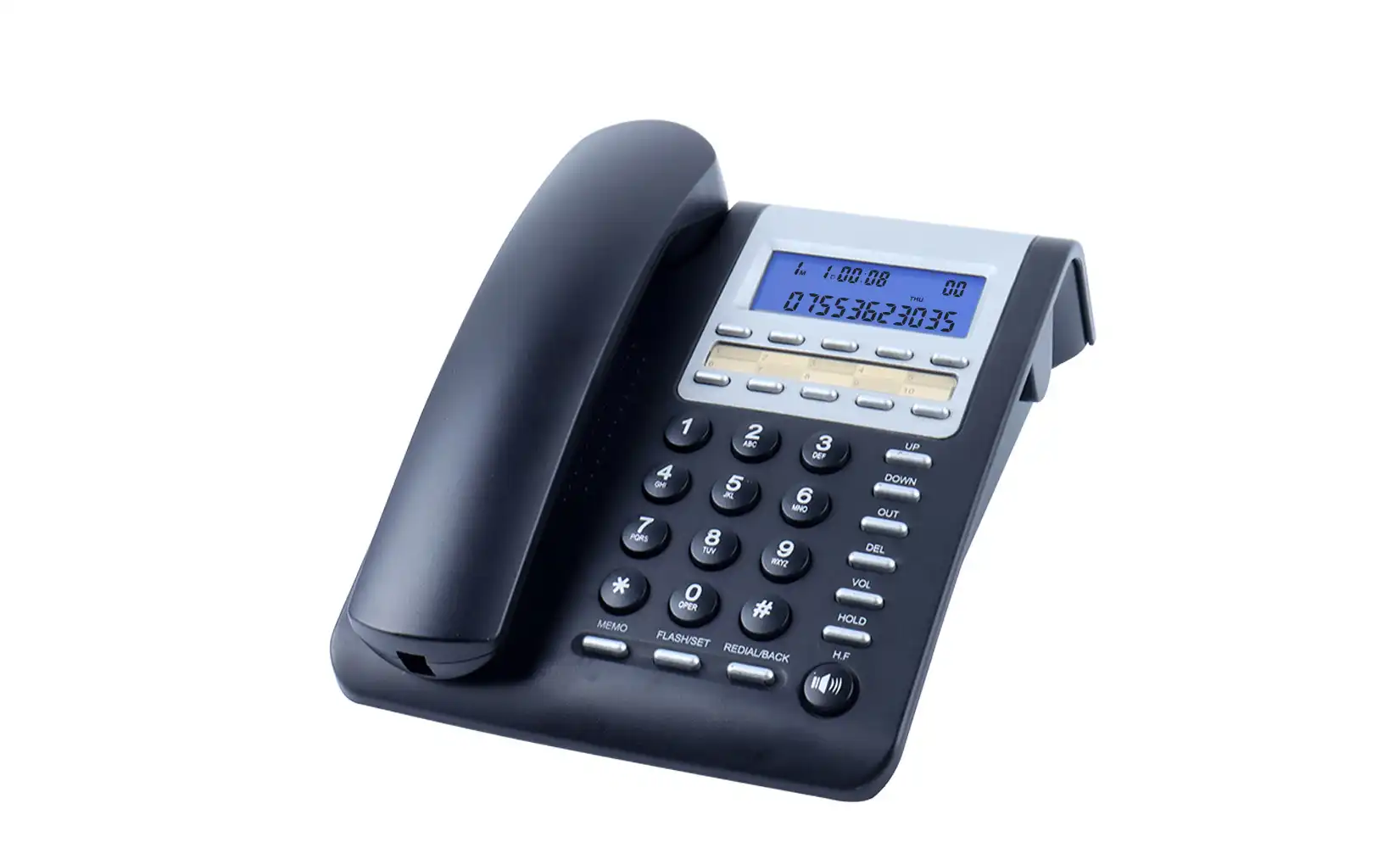
The process of transmitting and displaying Caller ID information involves several steps, each crucial to the system's functionality. Understanding this process helps appreciate the technology behind these ubiquitous devices.
Signal Transmission from the Telephone Company
Signal transmission represents the first stage of Caller ID functionality. When a call is initiated, the central office of the telephone company generates a digital signal containing the caller's number and, when available, the associated name. This information is encoded in a modem-like format and transmitted over the phone line. To prevent interference with the ringing signal, the data is sent between the first and second rings. This carefully timed process ensures that the recipient’s device receives caller information before the call is answered.
Decoding the Signal
The Caller ID telephone contains a specialized modem that decodes the incoming signal. This modem rapidly interprets the digital data stream, extracting key information such as the caller's phone number and name. The decoded content is then relayed to the device's internal circuitry for processing and formatting. Accuracy and speed are critical, as this decoding must occur in real time. Over the years, advancements in decoding technology have improved performance, enabling compatibility with multiple languages, contact databases, and even international signaling standards.
Display Mechanisms
The display of Caller ID information has advanced considerably since the earliest devices. Early Caller ID phones relied on basic monochrome LCD screens that showed only numbers. As technology developed, displays evolved to include caller names, call logs, and timestamps. Today, modern Caller ID systems use high-resolution color displays that can show enhanced visuals, including profile photos or custom images linked to saved contacts. Some devices also integrate with mobile applications, creating seamless cross-platform displays. These improvements make Caller ID more informative, visually appealing, and convenient for end users.
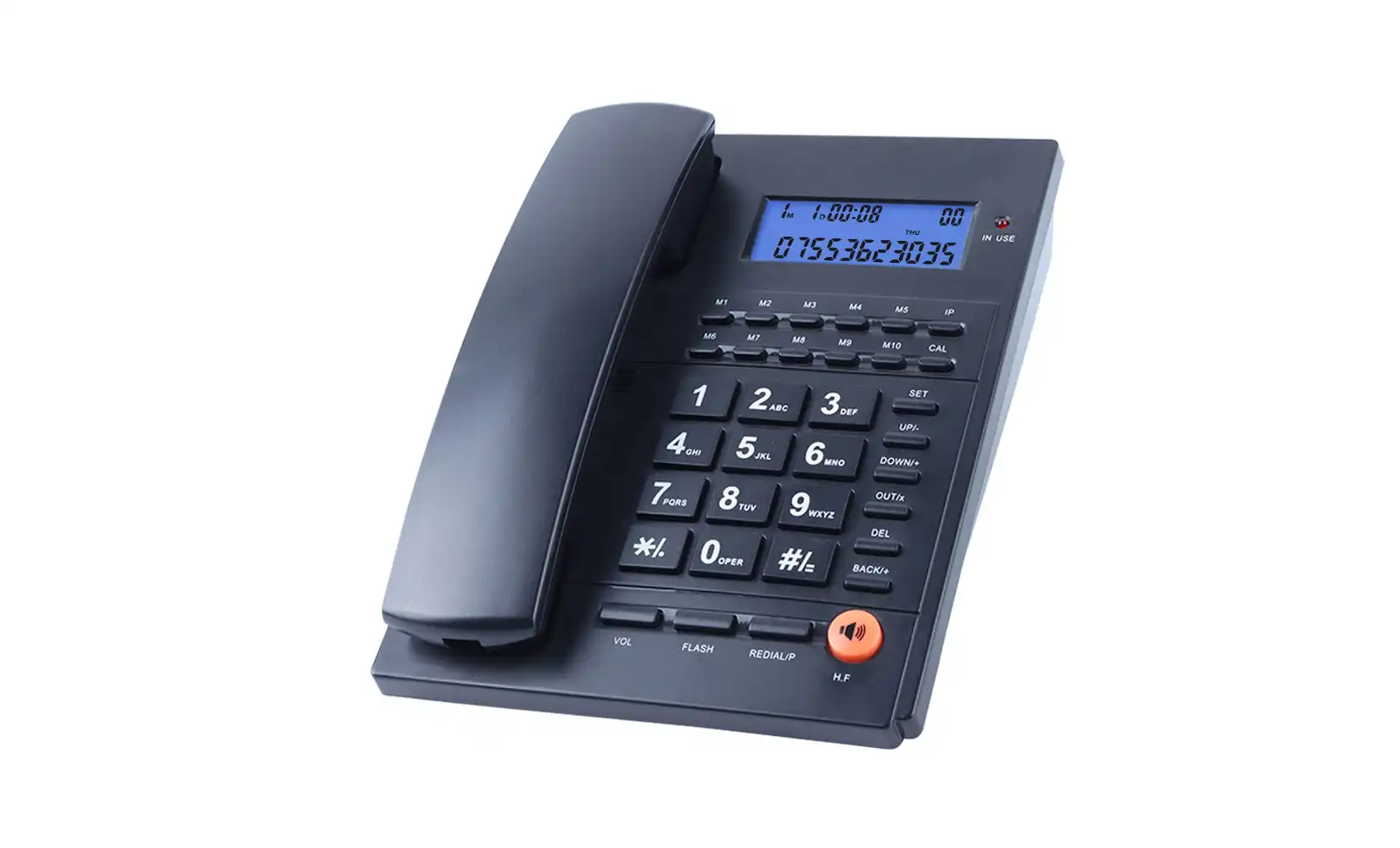 Privacy Concerns and Regulatory Aspects of Caller ID
Privacy Concerns and Regulatory Aspects of Caller ID
While Caller ID technology offers numerous benefits, it also raises important privacy considerations. Various regulations have been implemented to address these concerns and protect both callers and recipients.
Caller Privacy Options
To address privacy concerns, most telephone service providers allow users to control how their information is displayed. A common option is per-call blocking, where callers can dial a special prefix code to temporarily hide their information. Permanent line blocking is also available for users who prefer ongoing anonymity. However, certain regulations require specific groups, such as telemarketers or government services, to always transmit accurate Caller ID information. This balance gives individuals freedom while ensuring accountability, protecting consumers from misleading practices, and maintaining fairness in communication.
Legal Framework Surrounding Caller ID
The use and implementation of Caller ID technology are subject to various laws and regulations. In the United States, for example, the Federal Communications Commission (FCC) has established guidelines for Caller ID telephone services, including requirements for accuracy and privacy protection. Similar regulations exist in other countries to ensure responsible use of this technology.
Emerging Challenges: Spoofing and Scams
As Caller ID technology has become more prevalent, so too have attempts to manipulate it. Caller ID spoofing, where callers falsify the information transmitted to the recipient's display, has become a significant concern. Regulatory bodies and telecommunications companies are continuously working to develop countermeasures against such practices to maintain the integrity of Caller ID systems.
Conclusion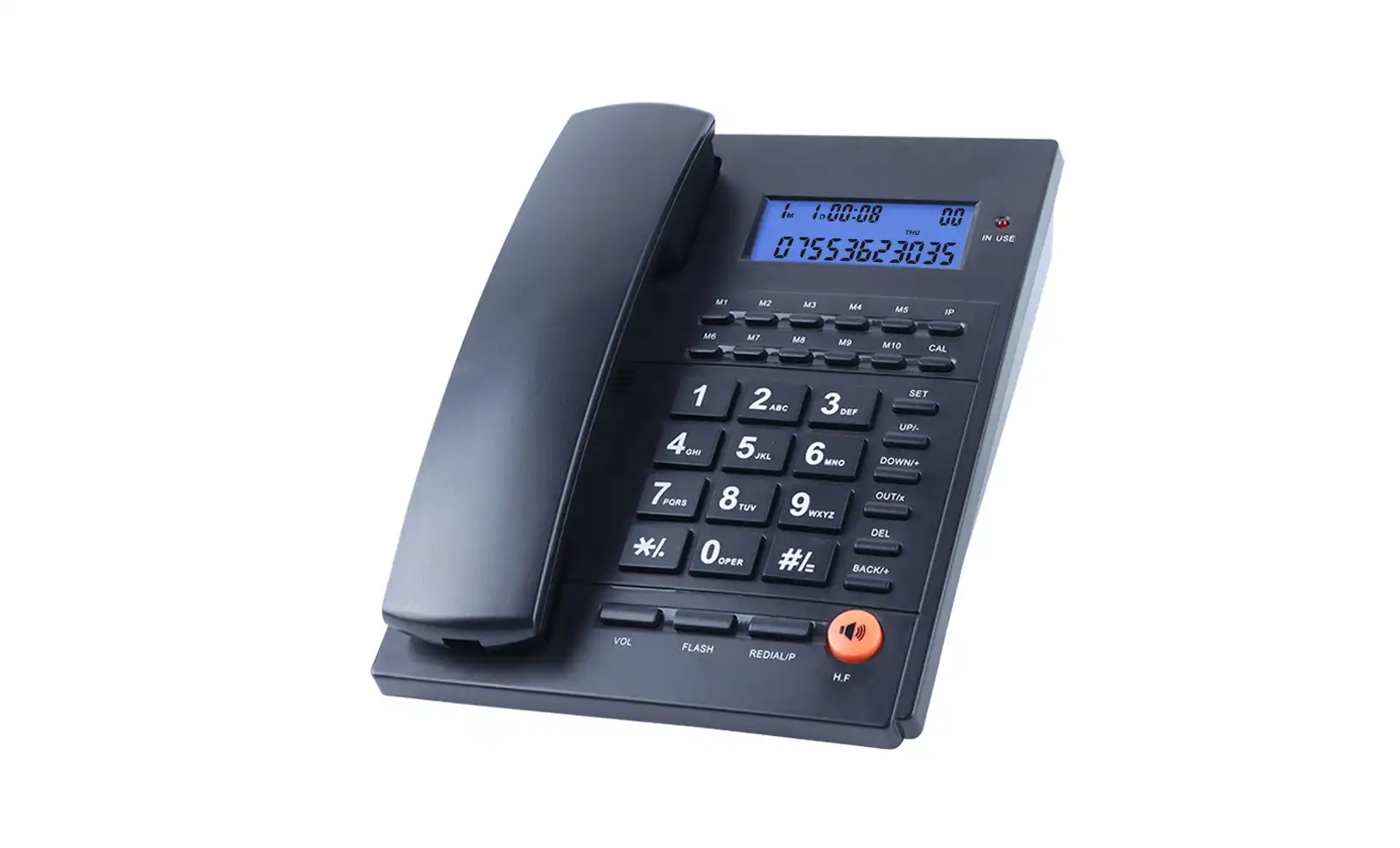
Caller ID telephones have come a long way since their inception, evolving from simple number displays to sophisticated devices integrated with smart technology. Understanding how these systems work not only enhances our appreciation for the technology but also helps us use it more effectively. As Caller ID continues to evolve, it remains an essential tool in modern communication, balancing convenience with privacy concerns. The ongoing developments in this field promise even more advanced features and improved security measures in the future.
FAQ
Can Caller ID display international numbers?
Yes, many modern Caller ID systems can display international numbers, though the format may vary depending on the device and service provider.
Is it possible to block specific numbers from showing on Caller ID?
Yes, most telephone service providers offer options to block outgoing Caller ID information on a per-call or permanent basis.
How accurate is the name display on Caller ID?
Name accuracy depends on the information available in the telephone company's database. It may not always be up-to-date, especially for recently changed numbers or mobile phones.
Advanced Caller ID Solutions | CHEETA
At CHEETA, we leverage our 18+ years of expertise in OEM/ODM services to deliver cutting-edge Caller ID telephone solutions. Our state-of-the-art 1,200㎡ factory, equipped with 100+ skilled workers and 10 senior engineers, produces 1,000 analog units daily, ensuring prompt delivery to global clients. We pride ourselves on our rigorous 11-step inspection process, maintaining a failure rate below 1%. Our Caller ID telephones not only meet CE and RoHS standards but also incorporate the latest technological advancements. For customized Caller ID telephone solutions from a reliable manufacturer, contact us at allen@cheeta.com.cn.

References
1. Smith, J. (2022). The History and Evolution of Caller ID Technology. Telecommunications Journal, 45(3), 112-128.
2. Johnson, A. & Brown, L. (2021). Privacy Implications of Modern Caller ID Systems. Digital Privacy Review, 18(2), 76-92.
3. Technical Standards Institute. (2023). Global Caller ID Protocols and Implementations. 4th Edition. TSI Publishing.
4. Lee, S. et al. (2020). Smart Integration: Caller ID in the IoT Era. Journal of Connected Devices, 7(4), 203-217.
5. Federal Communications Commission. (2023). Regulatory Framework for Caller ID Services in the United States. FCC Report 2023-08.
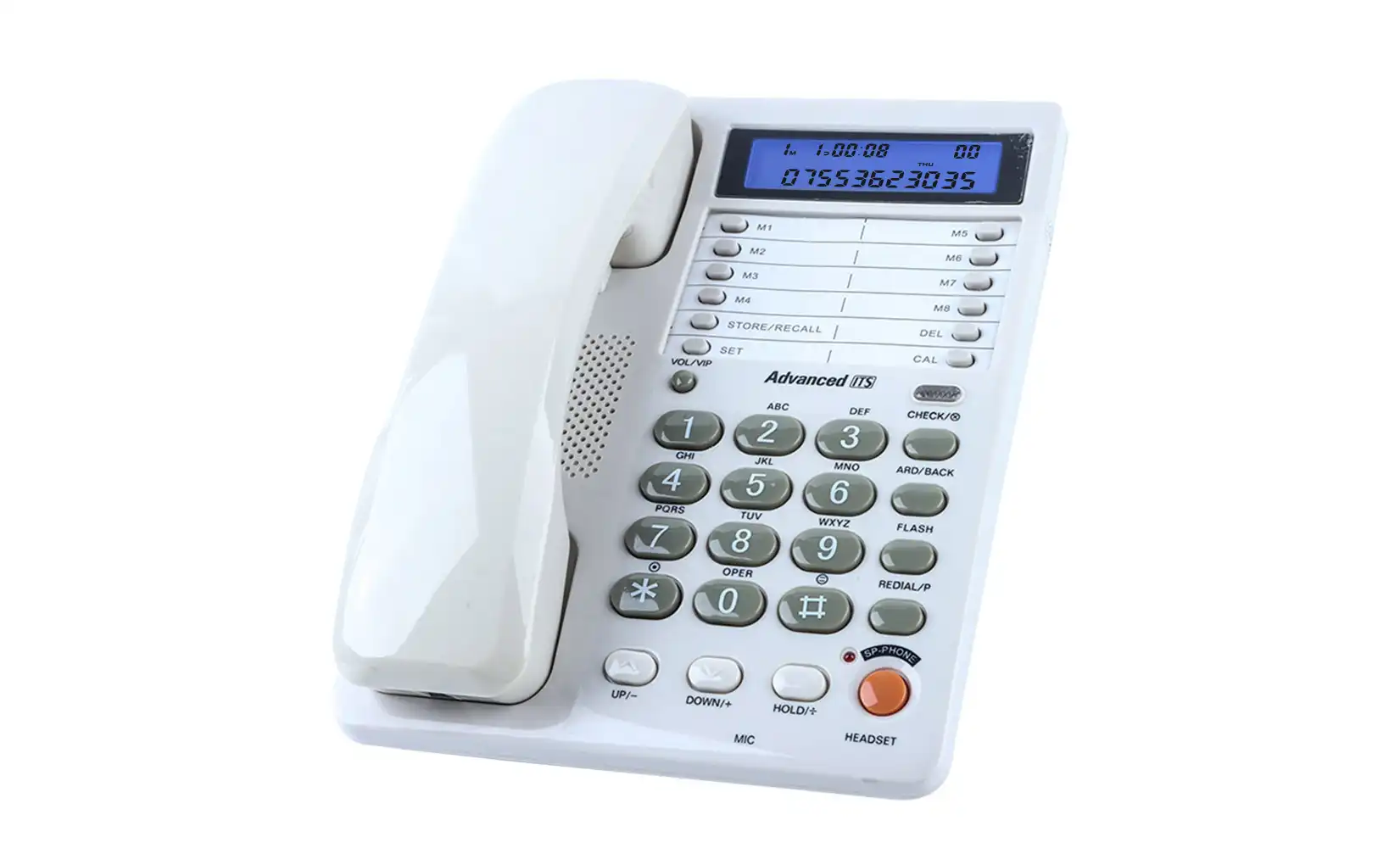 Caller ID telephones
Caller ID telephones

